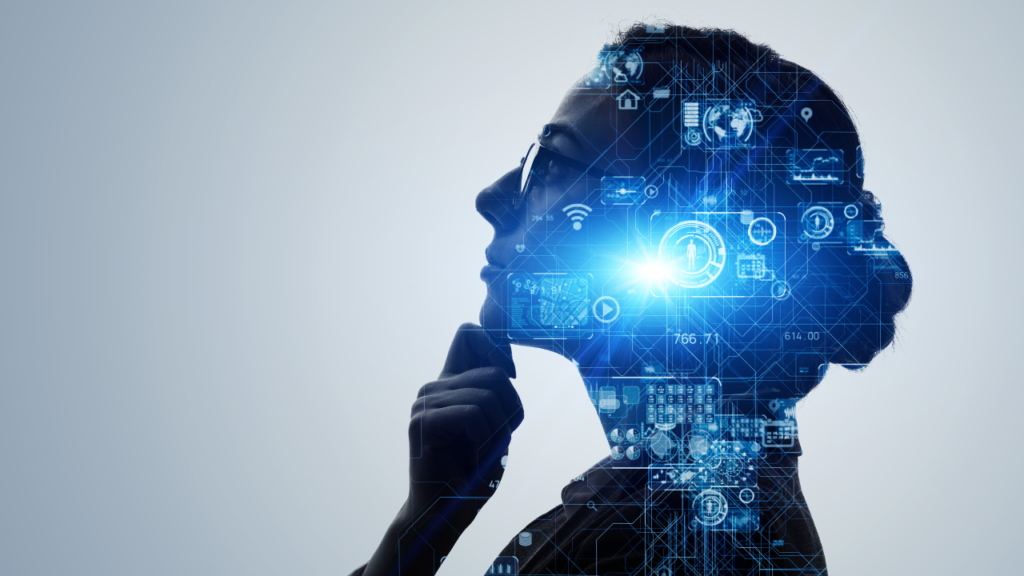
Alright, let’s dive into the enchanting world of User-Centered AI Design. It’s an area where roses always bloom, unicorns frolic merrily, and users find their every need catered to without so much as lifting a finger. Okay, maybe not exactly, but we’re getting there, inch by painstaking inch.
User-Centered AI Design, now that’s a mouthful, isn’t it? But let’s dissect it a bit. It’s all about creating Artificial Intelligence (AI) systems that revolve around the user. Yes, that elusive creature who’s never quite satisfied, always wanting more, and perpetually changing – the human.
In the automated world we’re rapidly building (whether we like it or not), AIs are more present than ever. They’re in your phone, your car, your home, and even in your toaster. They’re like that annoying friend who follows you everywhere, except they’re usually helpful and don’t eat your food. But with so much automation, it’s easy to lose sight of the user, the human, in the equation.
That’s where User-Centered AI Design comes in. It’s the gallant knight riding in to remind us to keep the human touch in our automated systems. The concept goes beyond just creating tools that work and delves into creating tools that work for the user. It’s not enough to have a flashy AI that can do a million things. If it doesn’t cater to the user’s needs, it’s as useful as a chocolate teapot.
But designing for human needs is not a walk in the park. Humans are complex creatures, each with unique needs, desires, and pet peeves. So, how do we cater to all of this in an AI system? We listen. We observe. We empathize. It doesn’t sound very robotic, does it? That’s because it isn’t. User-Centered AI Design is about blending technology with empathy, data with intuition, and automation with customization.
User-Centered AI Design is also about anticipating user needs. It’s like being that friend who always knows when you need a cup of coffee or a comforting hug. It’s about creating an AI system that understands the user so well, it can predict their needs before they even realize them.
But let’s not get too carried away. User-Centered AI Design is not a magic wand that will solve all our problems. It’s a tool, a mindset, and a process. It requires continuous learning, adapting, and improving. It’s about accepting that we won’t get it right the first time, or the second, or even the third. But we keep trying, because that’s what humans do.
In the grand scheme of things, User-Centered AI Design is a small but vital cog in the machine. It’s about integrating the human element into the AI-driven world we’re creating. It’s about ensuring that while we’re busy automating, we’re not forgetting the very beings we’re automating for – the users.
So, as we embark on the thrilling journey of designing AI systems, let’s remember to put the user at the center. Let’s design with empathy, intuition, and a healthy dose of human understanding. Because in the end, User-Centered AI Design isn’t just about creating the best AI systems; it’s about creating the best human experiences.
In the midst of all the ones and zeros, let’s not forget it’s the human equation that matters the most. User-Centered AI Design is our compass guiding us through the labyrinth of automation, leading us towards a future where technology serves humans, not the other way round.


